Vertical gardening offers an innovative solution for maximizing growing space and adding visual interest to your garden landscape. By constructing a trellis, gardeners can support climbing plants, vines, and vegetables, creating vertical structures that not only enhance garden aesthetics but also improve air circulation, maximize sunlight exposure, and facilitate efficient plant growth. Whether you’re growing cucumbers, tomatoes, beans, or flowering vines, a well-designed trellis provides the support and structure necessary for vertical gardening success. In this guide, we’ll explore the benefits of vertical gardening, essential supplies, trellis design considerations, construction steps, and plant selection tips to help you create a trellis that elevates your garden to new heights of beauty and productivity.
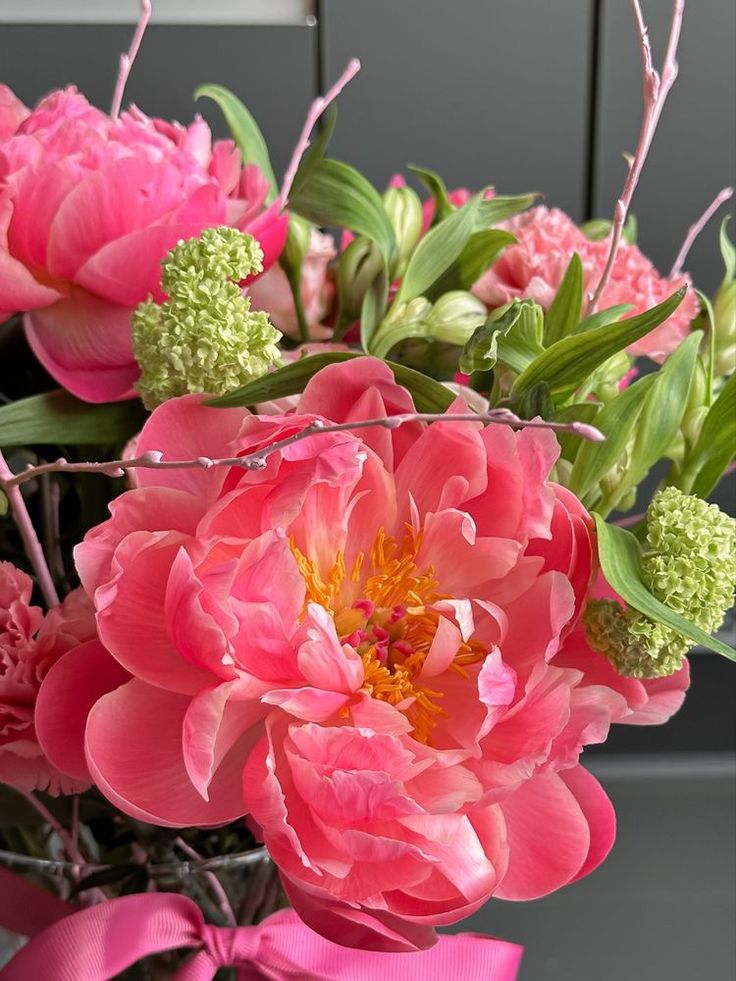

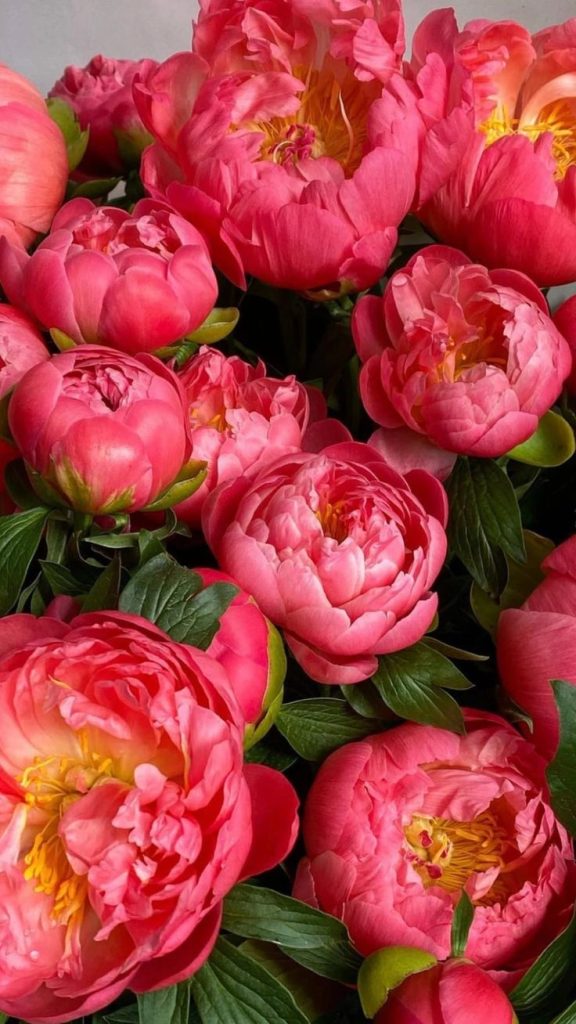
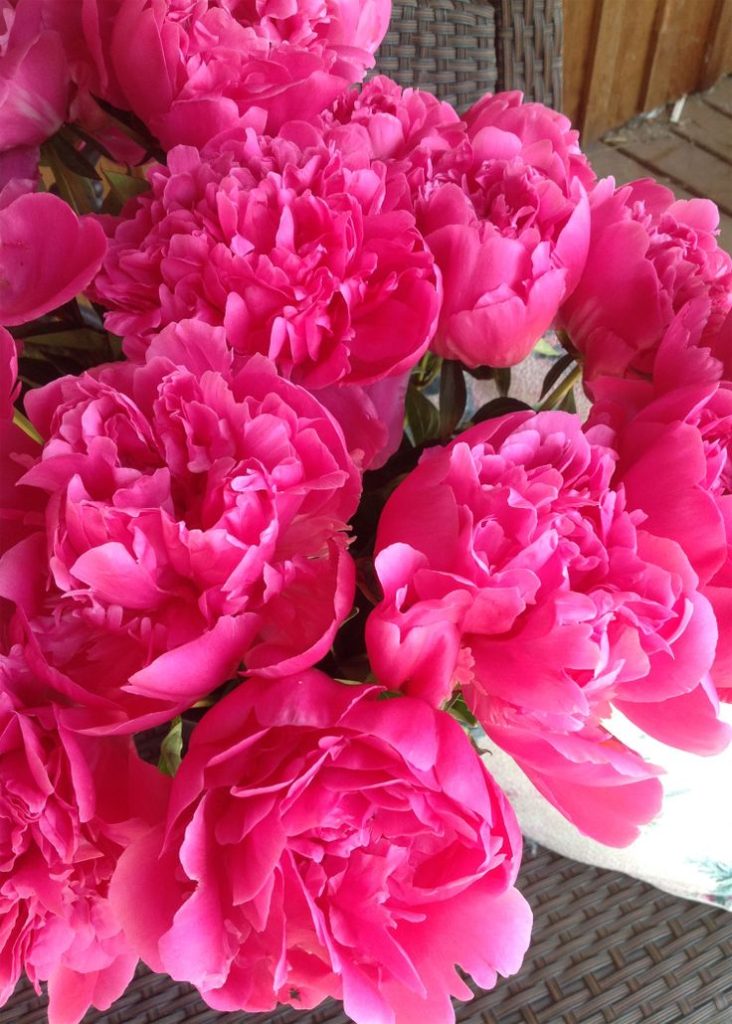

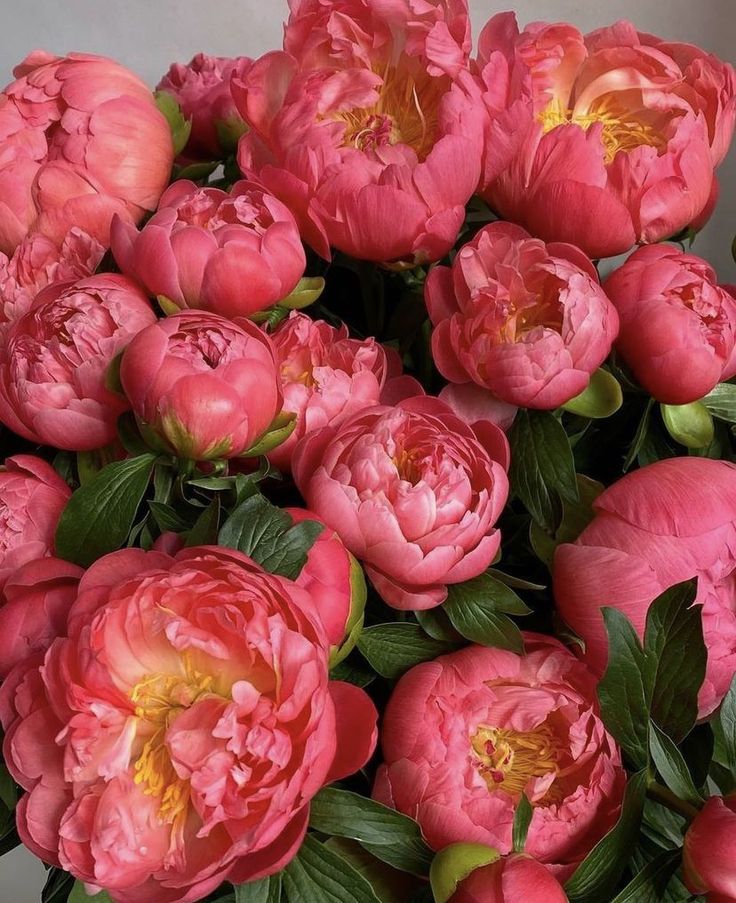
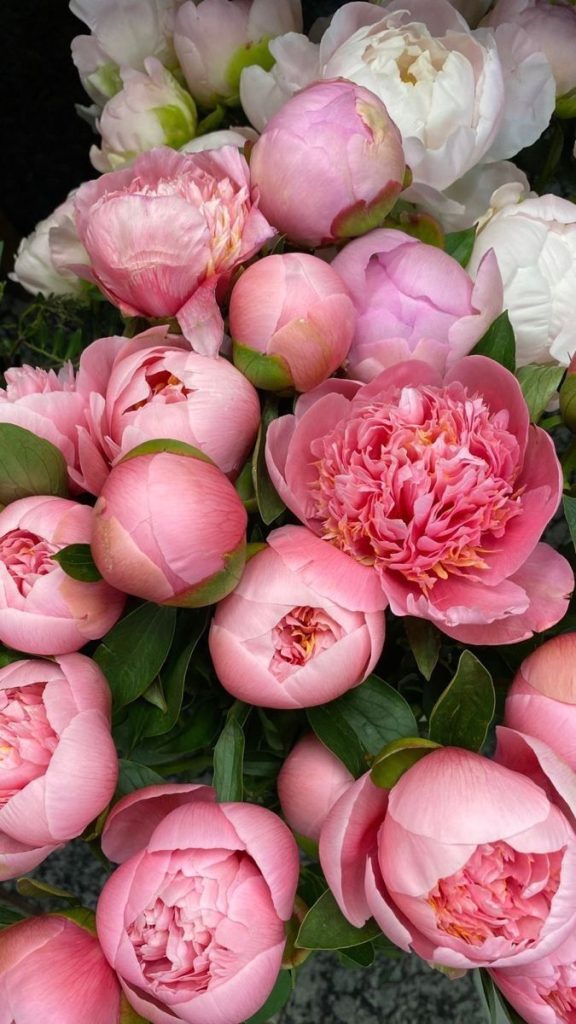

Understanding Vertical Gardening
Vertical gardening involves growing plants upward instead of outward, utilizing vertical structures such as trellises, arbors, and pergolas to support climbing plants and vines. Vertical gardens offer numerous benefits, including:
- Maximized Growing Space: Vertical gardens allow gardeners to make the most of limited space by utilizing vertical surfaces such as walls, fences, and trellises for plant growth, ideal for small gardens, balconies, patios, and urban spaces.
- Improved Air Circulation: Vertical gardening promotes better air circulation around plants, reducing the risk of fungal diseases and pest infestations and creating a healthier growing environment.
- Enhanced Sunlight Exposure: Vertical structures such as trellises can be positioned to maximize sunlight exposure for plants, ensuring optimal photosynthesis and growth throughout the growing season.
- Aesthetic Appeal: Vertical gardens add visual interest and beauty to garden spaces, transforming bare walls, fences, or structures into lush greenery and colorful blooms, enhancing garden aesthetics and ambiance.
Essential Supplies for Building a Trellis
To construct a trellis for vertical gardening, you’ll need the following supplies:
- Wooden or Metal Posts: Choose sturdy wooden or metal posts to support your trellis structure, ensuring they are tall enough to accommodate the height of your climbing plants.
- Trellis Material: Select a suitable trellis material such as wooden lattice, wire mesh, bamboo poles, or metal rods, depending on your design preferences and the type of plants you plan to grow.
- Fasteners: Use screws, nails, or brackets to secure the trellis material to the posts and ensure stability and durability.
- Tools: Gather basic tools such as a saw, drill, screwdriver, measuring tape, and level for cutting, drilling, and assembling the trellis components.
- Optional Decorative Elements: Consider adding decorative elements such as finials, paint, or stain to customize and embellish your trellis design to complement your garden style and aesthetics.
Designing and Constructing Your Trellis
Follow these steps to design and construct your trellis for vertical gardening:
- Determine Placement: Choose a suitable location for your trellis based on sunlight exposure, plant spacing, and aesthetic considerations, ensuring it is securely anchored to the ground or a stable structure.
- Measure and Mark: Measure and mark the desired height and width of your trellis on the ground, ensuring proper spacing between posts and adequate clearance for climbing plants.
- Dig Post Holes: Dig post holes at least 18 inches deep and wide enough to accommodate the posts, ensuring they are evenly spaced and aligned.
- Set Posts: Place the posts in the holes and secure them in position using concrete, gravel, or soil, ensuring they are level and plumb.
- Attach Trellis Material: Attach the trellis material to the posts using screws, nails, or brackets, ensuring it is securely fastened and evenly spaced to support climbing plants.
- Stabilize and Reinforce: Stabilize the trellis structure by adding additional support braces, stakes, or guy wires as needed, ensuring it can withstand wind, rain, and the weight of climbing plants.
- Optional Finishing Touches: Add decorative elements such as finials, paint, or stain to customize and enhance the appearance of your trellis, blending seamlessly with your garden design and aesthetics.
Plant Selection and Care
Once your trellis is constructed, select suitable plants for vertical gardening based on your climate, growing conditions, and garden preferences. Consider growing climbing vegetables such as cucumbers, beans, peas, and tomatoes, or flowering vines such as morning glories, clematis, or climbing roses. Ensure proper spacing and support for climbing plants, and provide regular watering, fertilizing, and pruning as needed to promote healthy growth and abundant harvests.
Conclusion
Constructing a trellis for vertical gardening is a rewarding and practical way to maximize growing space, enhance garden aesthetics, and promote healthy plant growth. By utilizing vertical structures to support climbing plants and vines, gardeners can create lush greenery, colorful blooms, and bountiful harvests in even the smallest garden spaces. Whether you’re growing vegetables, herbs, flowers, or ornamentals, a well-designed trellis provides the support and structure necessary for vertical gardening success, elevating your garden to new heights of beauty and productivity.
FAQs (Frequently Asked Questions)
- What are some suitable plants for growing on a trellis?
- Suitable plants for growing on a trellis include climbing vegetables such as cucumbers, beans, peas, and tomatoes, as well as flowering vines such as morning glories, clematis, climbing roses, and sweet peas. Choose plants that are well-suited to your climate, growing conditions, and garden preferences for optimal performance and beauty.
- How do I care for plants growing on a trellis?
- Care for plants growing on a trellis by providing regular watering, fertilizing, and pruning as needed to promote healthy growth and abundant harvests. Monitor for pests, diseases, or nutrient deficiencies, and intervene promptly using organic or cultural control methods as needed to maintain plant health and productivity.